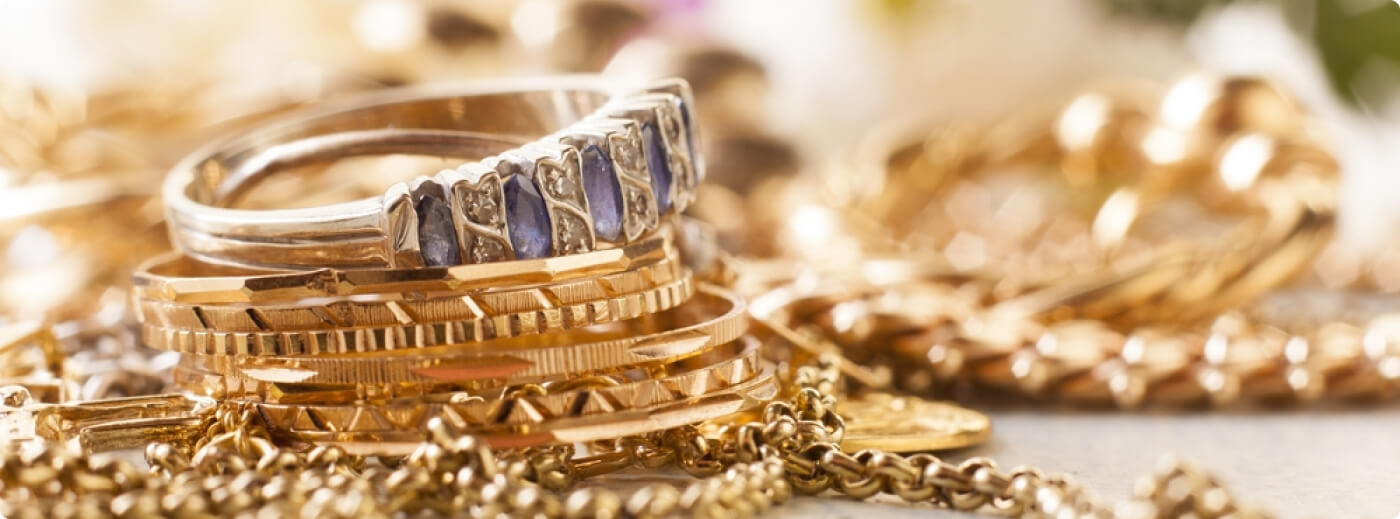Precious Metals Historical Significance | Precious Metals History

5min read

In today’s world, precious metals are more than just glittering jewellery or decorative trinkets. They hold a universal appeal as a store of value, a symbol of wealth, and a hedge against economic uncertainty.
For centuries, gold, silver, and other precious metals have been a cornerstone of global trade and finance, with their value transcending borders and cultures. But what is it about these metals that make them so precious and sought after?
In this article, we’ll take a closer look at the worldwide worth of precious metals, exploring their historical significance, cultural and societal impact, and current role in global markets.
Precious metals, such as gold, silver, and platinum, have been valuable commodities for centuries. Their rare, durable, and, multi-purpose industrial uses make them valuable to individuals and governments alike.
Additionally, precious metals are often seen as a store of value and can be used as a hedge against inflation and economic uncertainty.
Gold
With only 208,874 tonnes of this rare yellow metal having been mined throughout the human history. Gold is one of the most sought-after precious metals for its rarity and unique properties.
Having been a popular choice throughout the human history, it has been used for various purposes, from jewellery to currency and investment. It is especially considered a safe asset and is often bought during times of economic uncertainty.
Although most of the gold in the world comes from South Africa, Russia, China, Australia, and the United States, the value of gold can fluctuate based on supply and demand, as well as geopolitical events. For example, gold prices tend to rise during times of war or political turmoil as investors flock to the haven asset.
Silver
Derived from the old English word “seolfor,” silver is a versatile and valuable metal with a long and interesting history. From currency, jewellery, and medicine to technology, silver has had a long line of purpose in human history.
In recent years, silver has become an increasingly popular investment. Like gold, silver is often seen as a hedge against inflation and economic uncertainty, and many investors choose to buy silver coins, bars and other products as a store of value.
Despite its many uses and value, silver can also have negative effects on the environment and human health, which yet in any way does not influence its values, but other factors, such as changes in interest rates and the overall state of the economy, do.
Platinum
Discovered in South America in the 16th century, Platinum is a highly valuable and sought-after precious metal that has many important uses in the technology industry and jewellery.
Found in nature in the form of nuggets, grains and flakes, it is often mined alongside other precious metals such as gold, silver and palladium.
Platinum is used in catalytic converters for cars and other vehicles, where it helps to reduce harmful emissions; it is also used in the production of fertilizers, plastics and other chemicals.
Platinum is also often used in fine jewellery, where it is prized for its white, lustrous appearance and durability. Platinum is also used in coins, medals, and other decorative objects.
The value of platinum is often driven by demand from these industries, as well as geopolitical events and economic conditions.
While in some countries, gold and other precious metals are considered essential investments and are widely bought and traded. In other countries, precious metals may be seen as luxury items and may not be as highly valued.
Precious metals, such as gold, silver, and platinum, are valuable commodities that have been highly sought after for centuries. These metals have various industrial uses and are often seen as a store of value. Gold and platinum prices vary across the globe and are influenced by a variety of factors, such as the local economy, government regulations, and cultural attitudes towards precious metals.







